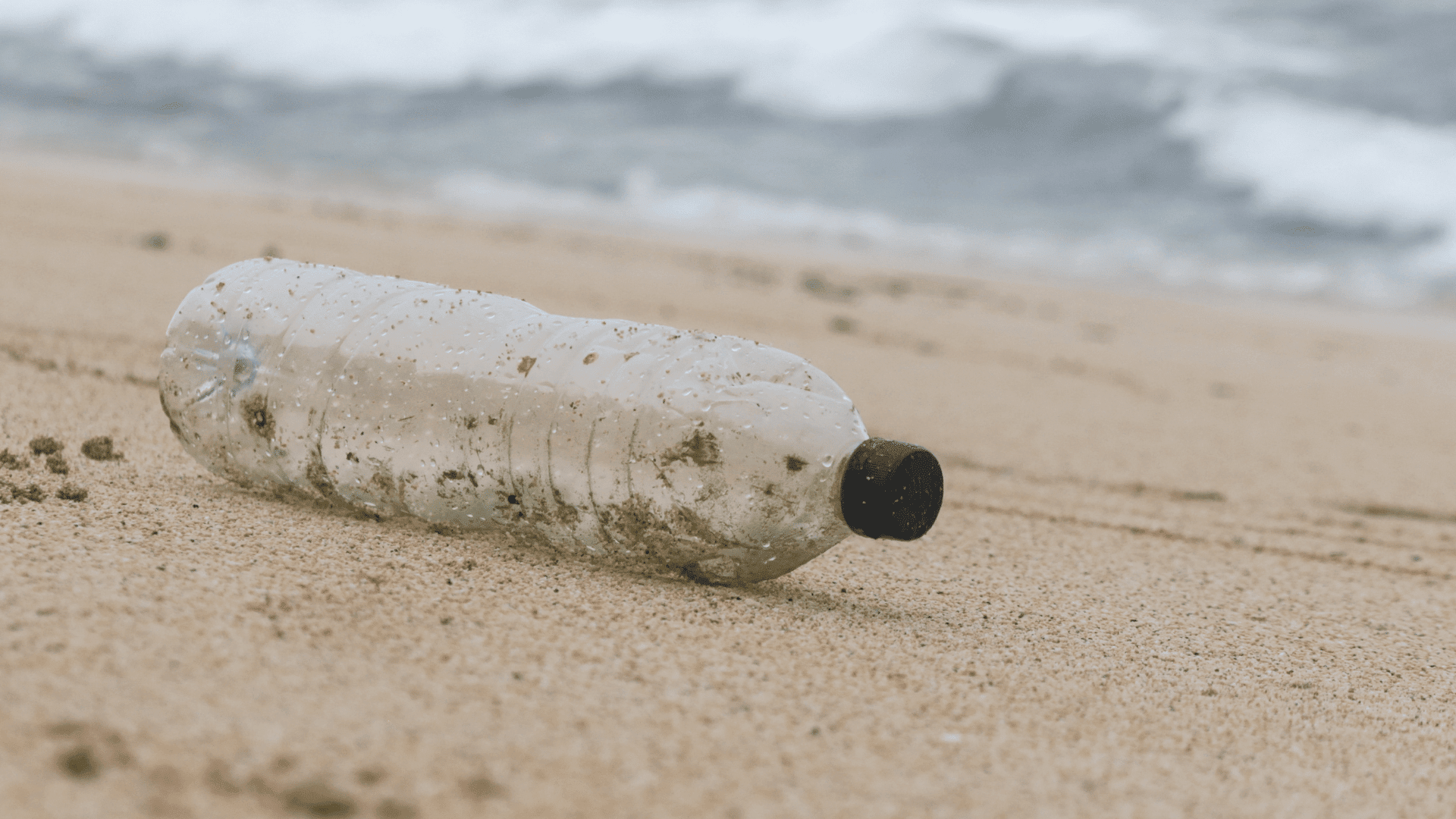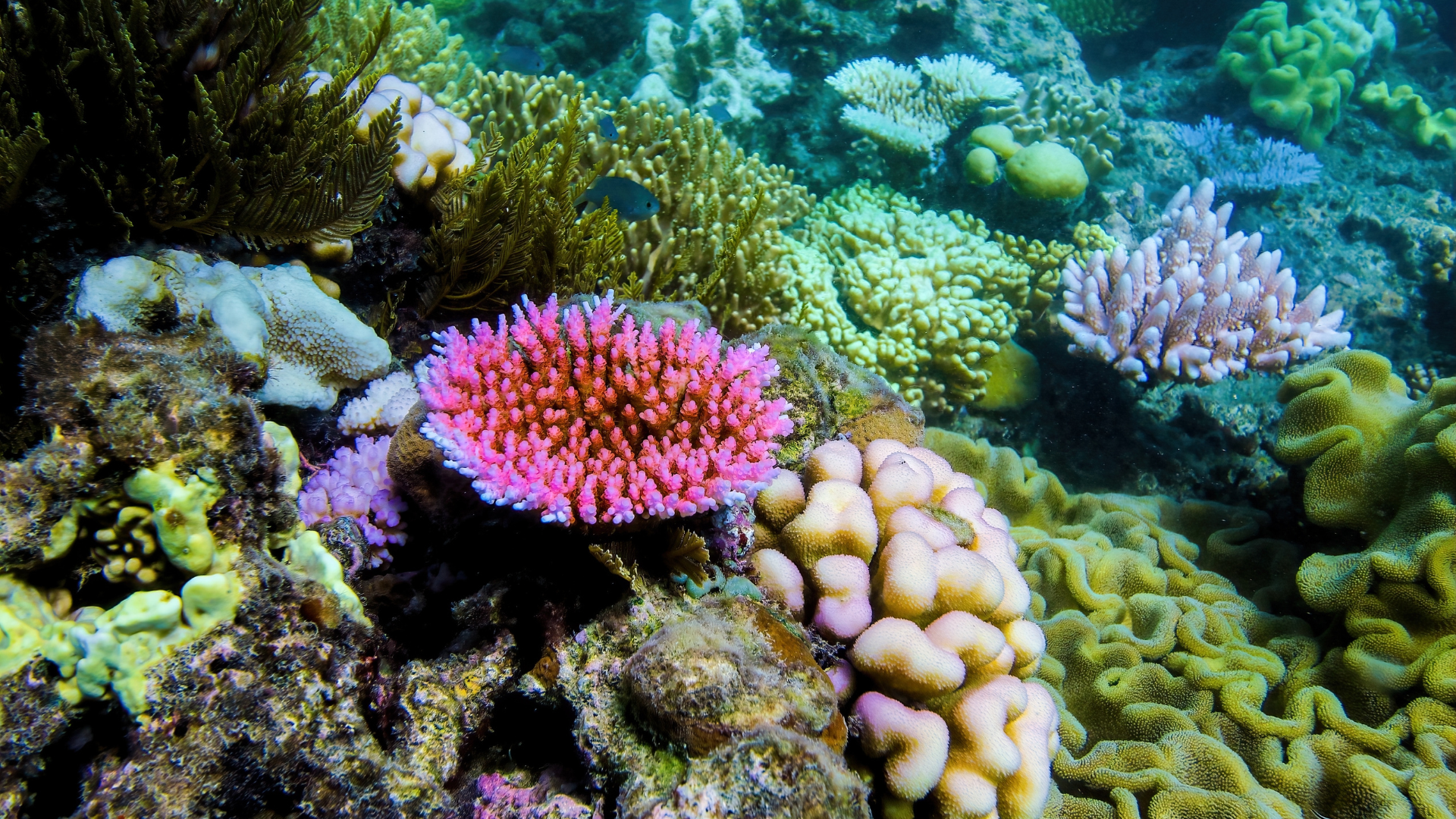There’s a persistent problem going on around the globe. People are struggling to recycle plastics, and when recycled, the resulting material is often unreliable for widespread use. Researchers from Georgia Tech turned to nature for inspiration to help solve this issue. They suggested a solution could be in the design of seashells.
By rethinking the approach to recycled materials, scientists created a reliable and robust new composite.
According to experts, the recycling process creates a “chaotic mix of past lives,” which is why the materials are recycled so infrequently. This results in a material that is weaker than virgin plastic and unpredictable. Manufacturers call the unpredictability a “dealbreaker” because it prevents recycled plastics from being used in critical products such as car components.
A Sustainable Seashell Design

This is why researchers turned to nature for inspiration for a new design philosophy. Specifically, they were inspired by nacre, the material that makes up seashells. This material comprises brittle mineral bricks held together by soft proteins, like a “brick and mortar” architecture. The architecture allows the shell to dissipate energy and control failure. As a result, it’s incredibly resilient despite imperfect components.
“Nature embraces variability and makes it manageable through structure,” said Aerospace engineering assistant professor and lead author Christos Athanasiou. “We borrowed that insight.”
The Georgia Tech team used a bioinspired approach. They chopped up sheets of recycled high-density polyethylene (HDPE) and reassembled them into a layered composite. They say the HDPE acted as the “bricks,” and a soft adhesive polymer served as a flexible “mortar.” After creating the synthetic nacre, they tested it using a new “uncertainty-aware Tension Shear Chain model.” The model measured strength and provided confidence in its performance.
Researchers called the results impressive.
They reportedly reduced the material’s mechanical performance variability by over 68%. As a result, the team created a consistent product from inconsistent materials.
The team is scaling the process to work with a wider range of plastics and greener adhesives. According to reports, the work has implications that go far beyond Earth. They say building reliable structures from unreliable materials is a challenge for future off-planet construction projects.
“NASA’s Lunar Recycling Challenge, for example, points to a future where waste becomes the building block of survival,” Athanasiou concluded.







